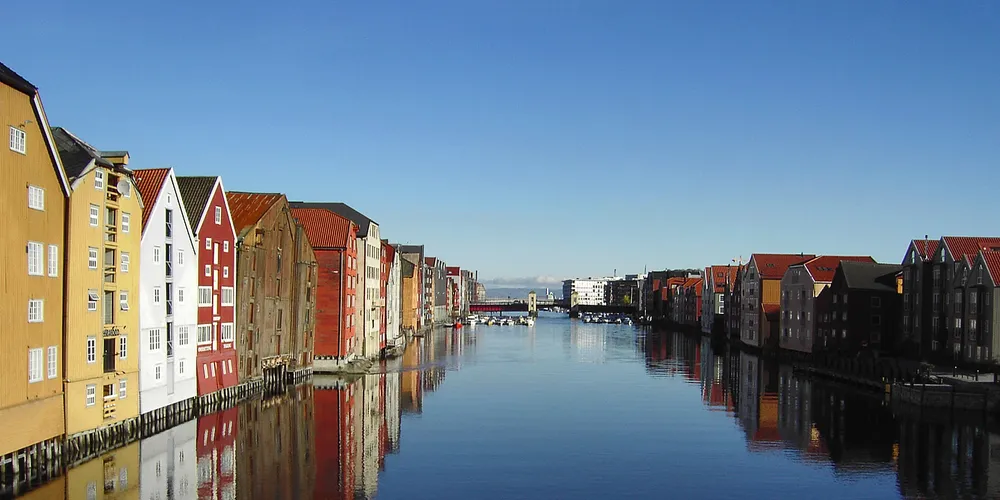Aqua Nor blog 2015: Recap on all the news from the show here
We report live from Trondheim where the big names of aquaculture are coming together for one of the industry's most important events of the year.

We report live from Trondheim where the big names of aquaculture are coming together for one of the industry's most important events of the year.
